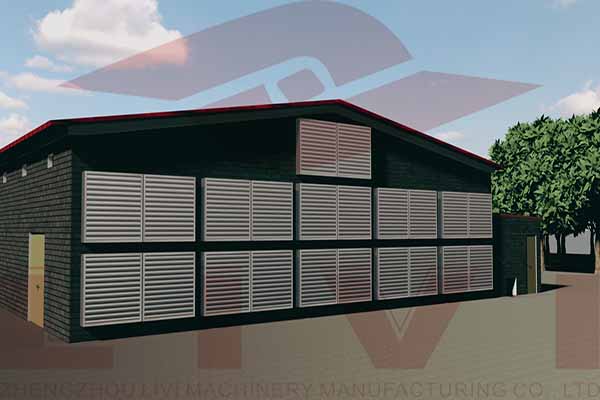Poultry House Temperature Monitoring Systems: The Key to Optimal Livestock Health
Introduction
Poultry farming is a critical industry that contributes significantly to global food security. Ensuring optimal conditions in poultry houses is vital for the health and productivity of the birds. This article explores the importance of poultry house temperature monitoring systems and their impact on livestock welfare.
Why Monitor Temperature in Poultry Houses?
Temperature is a critical factor in poultry farming. Extreme temperatures can lead to heat stress or hypothermia in birds, reducing their feed conversion rate, egg production, and overall health. Studies have shown that maintaining a consistent and appropriate temperature range can lead to a 15-20% increase in productivity (source: Poultry Science Association).
The Role of Temperature Monitoring Systems
Temperature monitoring systems are essential tools for poultry farmers to ensure the well-being of their livestock. These systems provide real-time data on the internal temperature of poultry houses, allowing farmers to make informed decisions about ventilation, heating, and cooling.
Key Features of Advanced Temperature Monitoring Systems
– Real-Time Data: Instant temperature readings help prevent critical temperature excursions.
– Automated Alerts: Systems can automatically notify farmers when conditions deviate from set parameters.
– Data Logging: Historical temperature data can be analyzed to identify trends and optimize conditions.
Implementing Temperature Monitoring Systems
Implementing a poultry house temperature monitoring system involves several steps:
– Site Assessment: Identify the most suitable locations for sensors.
– Sensor Placement: Place sensors strategically to capture accurate readings.
– System Integration: Integrate the monitoring system with existing equipment for seamless control.
– Regular Maintenance: Schedule routine maintenance to ensure system reliability.
Benefits of Using Temperature Monitoring Systems
– Enhanced Livestock Health: Reduce stress and improve animal welfare.
– Increased Productivity: Optimized conditions lead to better growth rates and egg production.
– Cost Savings: Prevent diseases and reduce the need for costly treatments.
Case Study: A Success Story
A leading poultry farm in the United States installed a poultry house temperature monitoring system. After a year, the farm reported a 10% increase in egg production and a 20% reduction in energy costs.
Conclusion
Investing in a poultry house temperature monitoring system is a smart decision for any poultry farmer or investor. These systems are vital for ensuring the health and productivity of livestock, ultimately leading to a more profitable farming operation.
Contact us today for a free consultation and learn how our LIVI mechanical solutions can revolutionize your poultry farming operations.





